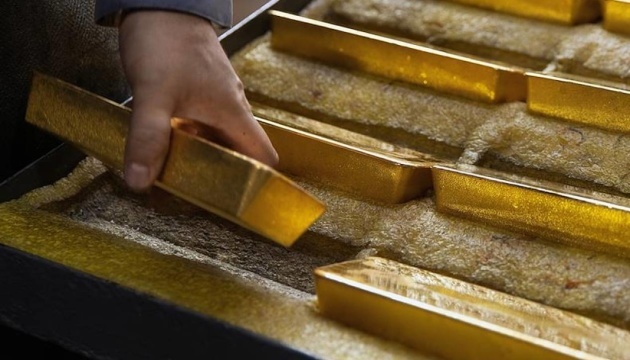
Russia selling strategic gold reserves — intelligence
28.11.2025 ნახვები: 145
That is according to Ukraine's Foreign Intelligence Service, Ukrinform reports.
Direct sales are a forced measure for the regulator, as gold is effectively becoming a tool to support the ruble, plug corporate liquidity gaps, and cover budget needs amid the rapid depletion of other resources.
According to intelligence data, until 2025 the Russian Central Bank did not sell gold to commercial market participants but only received it from the Ministry of Finance, increasing its own reserves.
Read also: Russian economy entering phase of structural slowdown, FISU reportsNow, the regulator has shifted to selling. Meanwhile, the National Welfare Fund of the Russian Federation is rapidly losing liquid assets: from $113.5 billion in 2022 to $51.6 billion in 2025. The volume of gold in the fund's structure during this period has fallen by 57%, from 405.7 tonnes to 173.1 tonnes.
The Foreign Intelligence Service predicted that gold sales could reach $30 billion (around 230 tonnes) in 2025, and at least $15 billion (115 tonnes) in 2026.
The intelligence service states that such large-scale monetization of reserves accelerates the depletion of stockpiles already under pressure from sanctions and declining access to liquid foreign-currency instruments.
While the sale strategy ostensibly allows the budget to be quickly supported and helps maintain the ruble's stability, it also creates long-term risks, deepening the shortage of liquid reserves, increasing state finances' dependence on selling off assets, and limiting the capacity for future interventions.
As Ukrinform reported earlier, only $38 billion remains in Russia's National Welfare Fund out of the $150 billion it held before the full-scale invasion of Ukraine in 2022.
Photo: Ukraine's Foreign Intelligence Service



























